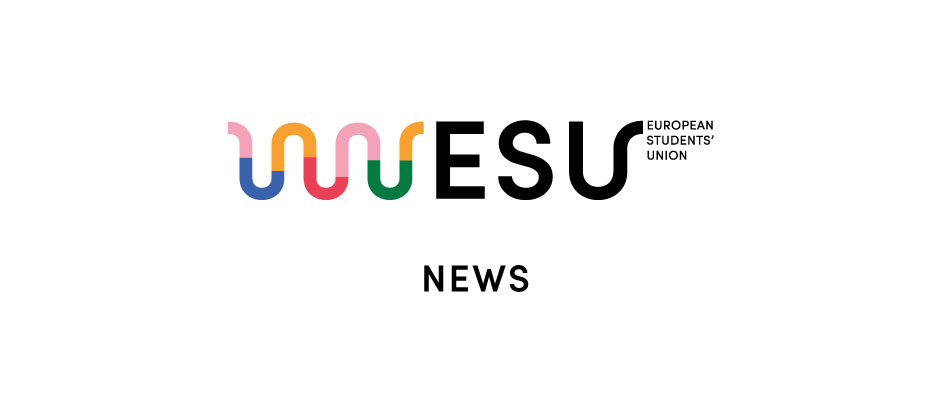
CREUP’s updates: Starting the course with the pandemic
After an eventful end of the course with an online evaluation forced by the epidemiological situation and against the wishes of much of the university community, the Spanish University System faces a new major challenge: the start of a university course with an epidemiological situation that is getting worse at times with growing uncertainty in both teaching programs and evaluation methods.
The COVID19 pandemic in Spain forced universities to rush to close campus in March without knowing when they would be able to resume on-site activity. This abrupt change forced an adaptation of teaching methodologies which, although effective in some cases, in most universities did not reach the minimum standards required for quality education. Although the epidemiological situation was improving, the cautionary measures to avoid outbreaks demanded that the evaluation be also carried out in a non-presential way, with variable results in the different universities.
Once the 2019-2020 academic year was closed, the Spanish University System began the titanic task of preparing contingency plans for the 2020-2021 academic year, which is characterized by absolute uncertainty as the evolution of the pandemic could not be foreseen. On the other hand, the transfer of many competencies to the Autonomous Communities and the great regulatory autonomy historically granted to the universities complicates the implementation of a common program. Therefore, the task of the Ministry of Universities has been difficult, while it has focused its priorities on other issues such as the creation of the Teaching and Research Staff Statute.
The universities have adopted different options to face the next academic year:
- Semi-presential environment: in which students attend practices or seminars in the faculty while the rest of the activities such as the lectures are developed online.
- Bimodal Methods: in which students have been divided into groups that alternate face-to-face classes with online classes within the same subject
- Virtual Environments: where students receive all the online training.
- Secure attendance environments: in which the presentiality of the classes has been maintained by reducing the size of the groups and adapting the classrooms and activities to comply with health guarantees.
However, the rapid increase in resurgence has caused all these programs to tremble and many universities are starting the course without having defined the teaching methodologies.
